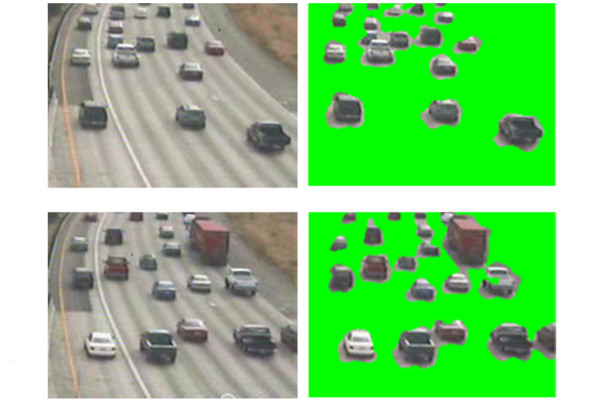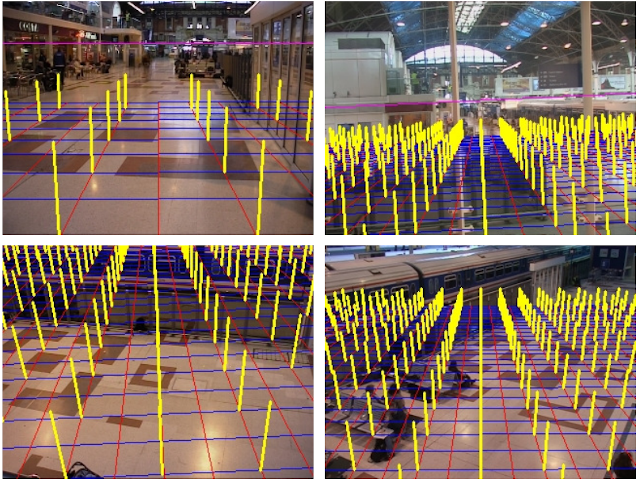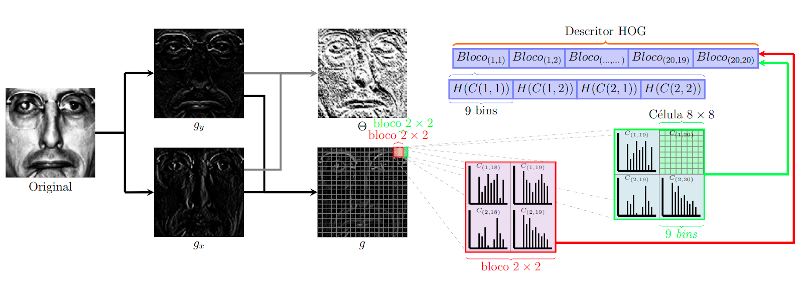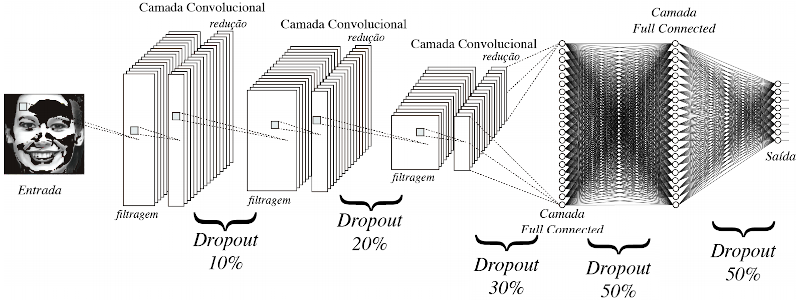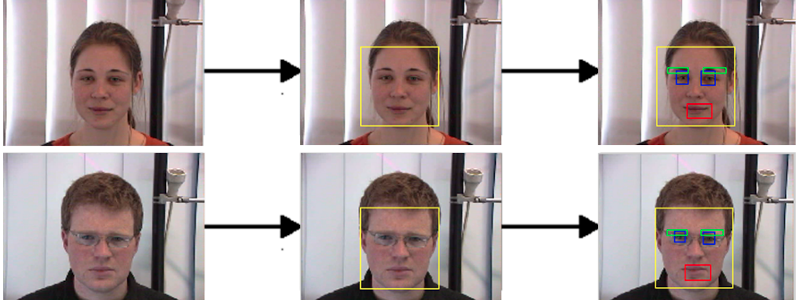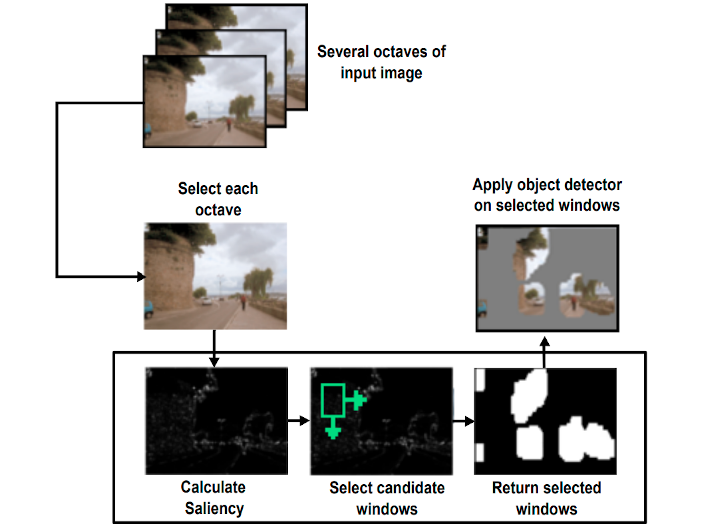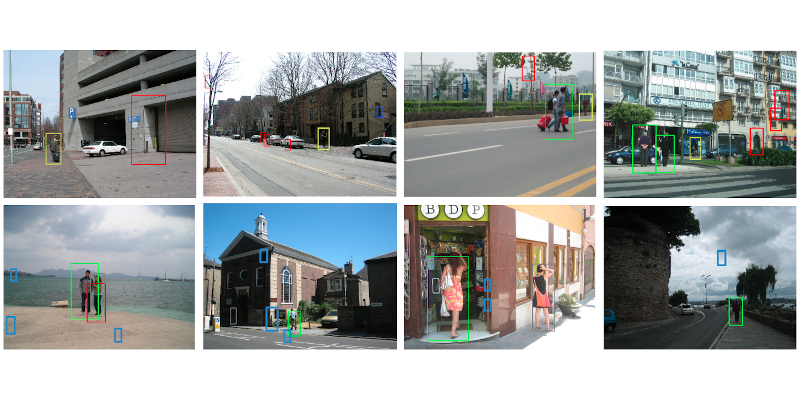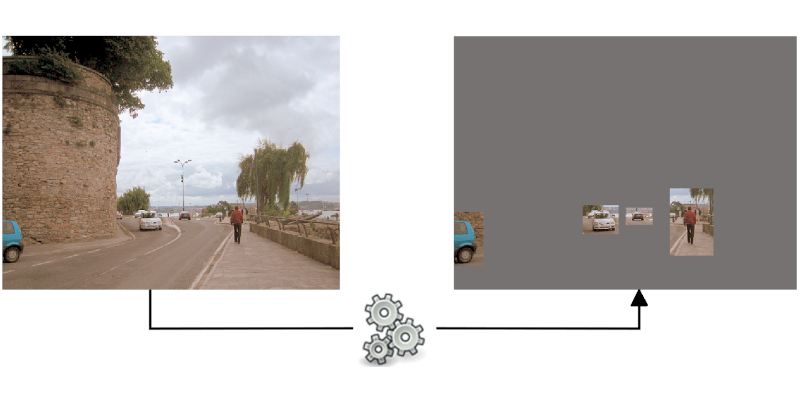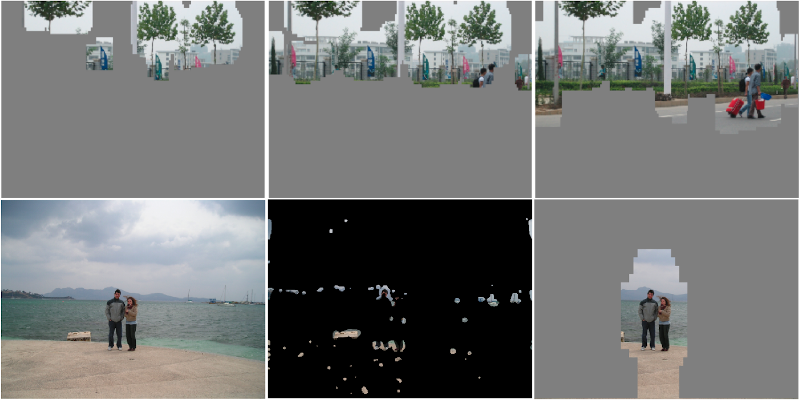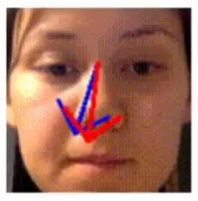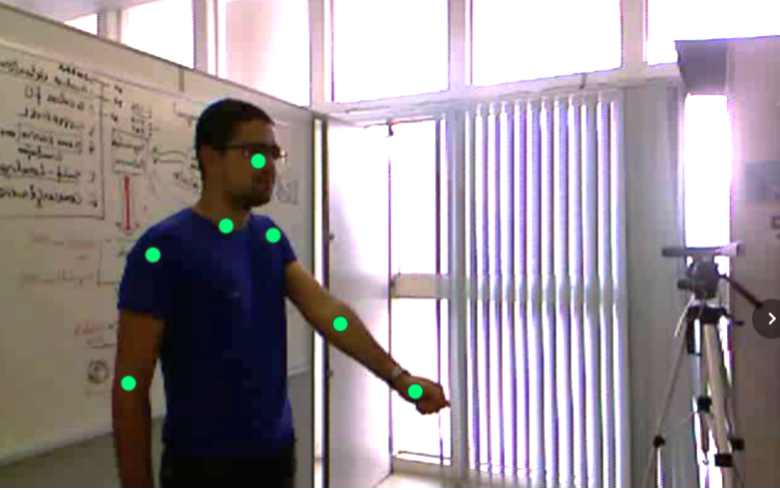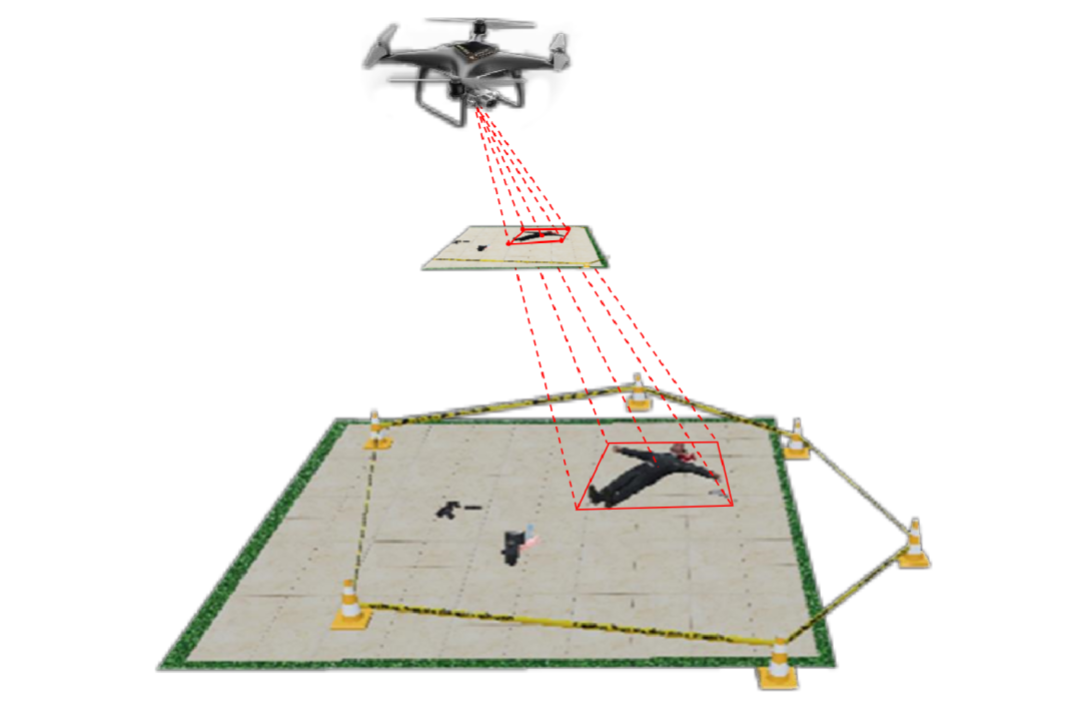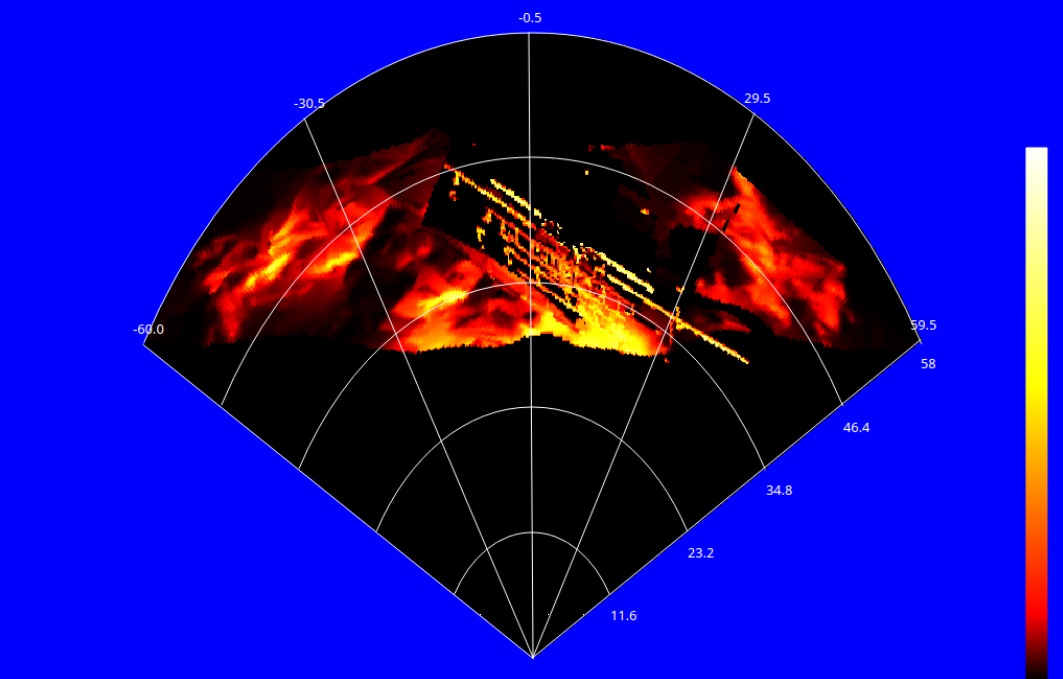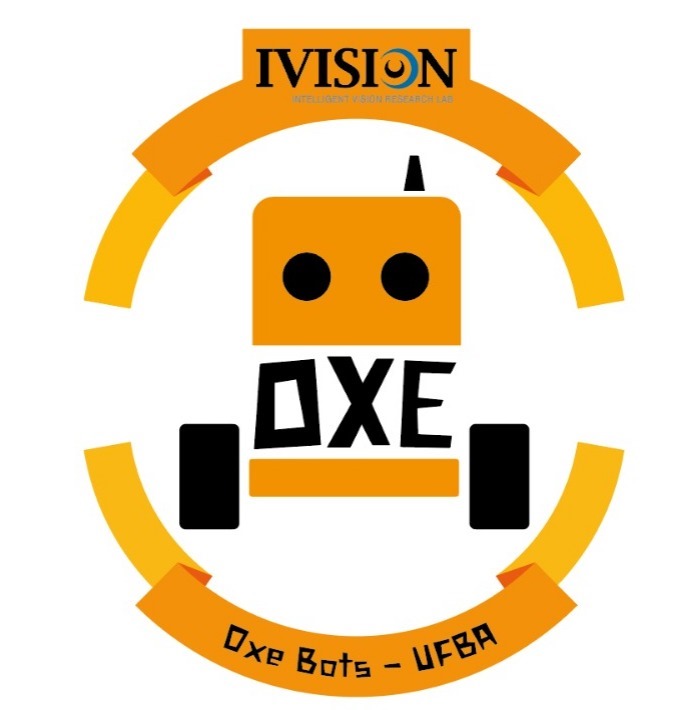|
Journal BARROS, G.; DA SILVA, J.; PROENÇA, H; ARAÚJO. S; WANDERLEY, D.; REBOUÇAS L.; Enhancing Podocyte Degenerative Changes Identification With Pathologist Collaboration: Implications for Improved Diagnosis in Kidney Diseases. In: IEEE Journal of Translational Engineering in Health and Medicine, 2024.
|
|
|
|
Journal SOUZA, L.; SILVA, J.; CHAGAS, P.; DUARTE, A.; SANTOS, W. L.; OLIVEIRA, L.; Mouse-to-human transfer learning for glomerulus segmentation. In: Computer Methods in Biomechanics and Biomedical Engineering: Imaging & Visualization, 2023.
|
|
|
|
Journal CALUMBY, R. T.; DUARTE A. A.; ANGELO, M. F.; SANTOS, E.; SARDER, P.; DOS-SANTOS, W. L.; OLIVEIRA, L. R.; Towards Real-World Computational Nephropathology. In: Clinical Journal of the American Society of Nephrology: CJASN, 2023.
|
|
|
|
Journal SANTOS, J.; SILVA, R.; OLIVEIRA, L.; SANTOS, W.; ALDEMAN, N.; DUARTE, A.; and VERAS, R. Glomerulosclerosis detection with pre-trained CNNs ensemble. In: Computational Statistics, 2022.
|
|
|
|
Chapter OLIVEIRA, L.; CHAGAS, P., DUARTE, A.; CALUMBY, R.; SANTOS, E.; ANGELO, M.; and L. C. DOS-SANTOS, W. PathoSpotter: Computational Intelligence Applied to Nephropathology. In: SPRINGER NATURE, 2022.
|
|
|
|
Journal L. C. DOS-SANTOS, W.; A. R. DE FREITAS, L., DUARTE, A.; ANGELO, M.; and OLIVEIRA, L. Computational pathology, new horizons and challenges for anatomical pathology. In: Surgical and Experimental Pathology, 2022.
|
|
|
|
Journal SILVA, J.; SOUZA, L., CHAGAS, P.; CALUMBY, R.; SOUZA, B.; PONTES, I.; DUARTE, A.; LC-DOS-SANTOS, W.; and OLIVEIRA, L. Boundary-aware glomerulus segmentation: Toward one-to-many stain generalization. In: Computerized Medical Imaging and Graphics, 2022.
|
|
|
|
Conference SOUZA, L.; SILVA, J., CHAGAS, P.; DUARTE, A.; LC-DOS-SANTOS, W.; and OLIVEIRA, L. How feasible is it to segment human glomerulus with a model trained on mouse histology images?. In: Simpósio Brasileiro de Computação Aplicada à Saúde (SBCAS), 2022.
|
|
|
|
Journal CHAGAS, P.; SOUZA, L., PONTES, I.; CALUMBY, R.; ANGELO, M.; DUARTE, A.; LC-DOS SANTOS, W. and OLIVEIRA, L. Uncertainty-aware membranous nephropathy classification: A Monte-Carlo dropout approach to detect how certain is the model. Computer Methods in Biomechanics and Biomedical Engineering: Imaging & Visualization, 2022.
|
|
|
|
Conference BARROS, G.; WANDERLEY, D.; REBOUÇAS, L.; SANTOS, W.; DUARTE, A. and VIDAL, F. PodNet: Ensemble-based Classification of Podocytopathy on Kidney Glomerular Images. In Proceedings of the 17th International Joint Conference on Computer Vision, Imaging and Computer Graphics Theory and Applications - Volume 5: VISAPP, 2022.
|
|
|
|
Conference CHAGAS, P., G.; SOUZA, L.; CALUMBY, R.; PONTES I.; ARAÚJO S.; DUARTE A.; PINHEIRO N.; SANTOS W.; OLIVEIRA L. Toward unbounded open-set recognition to say "I don't know" for glomerular multi-lesion classification. In: International Symposium on Medical Information Processing and Analysis (SIPAIM), Campinas, 2021.
|
|
|
|
Conference CERQUEIRA, S.; AGUIAR, E.; DUARTE, A.; DOS SANTOS, W.; OLIVEIRA, L.; ÂNGELO, M. PathoSpotter Classifier: Uma Serviço Web para Auxílio à Classificação de Lesões em Glomérulos Renais. In: Simpósio Brasileiro de Computação Aplicada à Saúde (SBCAS), 2021.
|
|
|
|
Conference CHAGAS, P.; SOUZA, L.; CALUMBY, R.; DUARTE, A; ANGELO, M.; SANTOS, W.; OLIVEIRA, L. Deep-learning-based membranous nephropathy classification and Monte-Carlo dropout uncertainty estimation. In: Simpósio Brasileiro de Computação Aplicada à Saúde (SBCAS), 2021.
|
|
|
|
Conference CARDOZO, J.; DOS-SANTOS, WL; DUARTE, A.; OLIVEIRA, L.; ANGELO, M. Automatic Glomerulus Detection in Renal Histological Images . In: Proceedings Volume 11603, SPIE Medical Imaging 2021: Digital Pathology.
|
|
|
|
Journal CHAGAS, P.; SOUZA, L.; ARAÚJO, I.; ALDEMAN, N.; DUARTE, A.; ANGELO, M.; DOS-SANTOS, WL; OLIVEIRA, L. Classification of glomerular hypercellularity using convolutional features and support vector machine. Artificial Intelligence in Medicine. 2020 Mar 1;103:101808.
|
|
|


